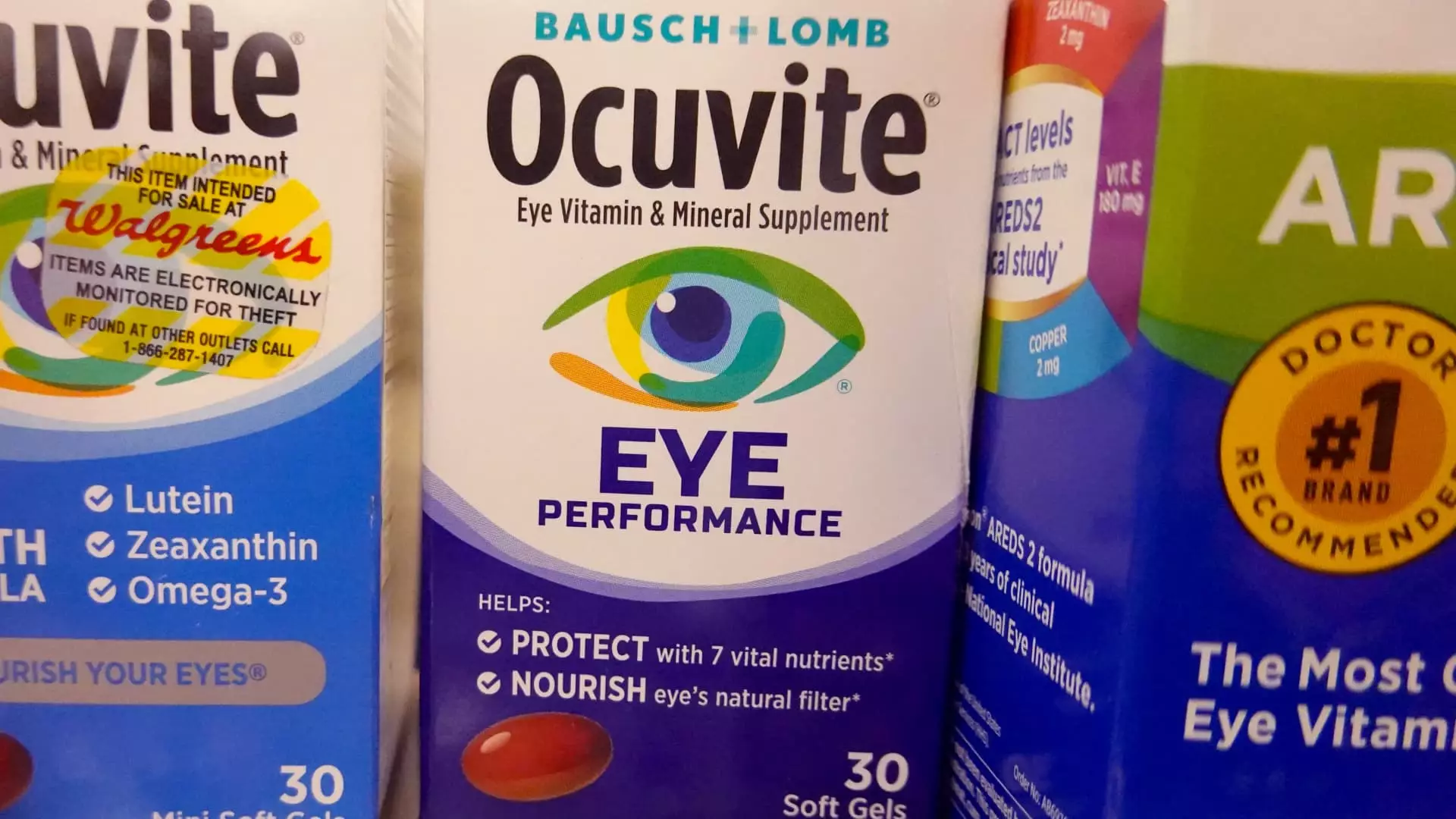Bausch Health Companies Inc., a prominent player in the global pharmaceutical landscape, has undergone significant transformations since its inception as Valeant Pharmaceuticals. Headquartered in Canada, the company specializes in several therapeutic areas, notably dermatology, gastroenterology, neurology, and ophthalmology. Bausch Health’s diverse product offering is organized into five key segments: Bausch + Lomb, Salix Pharmaceuticals, International Rx, Solta Medical, and Diversified Products. Given its expansive range and strategic positioning, Bausch Health continues to be a major contributor in the healthcare sector, particularly recognized for the robust performance of its Bausch + Lomb division, which focuses on eye care.
The dynamics surrounding Bausch Health took a notable turn when activist investor Carl Icahn revealed intentions to engage with the company’s management and board, primarily focusing on enhancing shareholder value. Icahn’s involvement underscored the growing tension between shareholders and corporate strategies, emphasizing a drive for increased accountability and performance metrics. His filing with the U.S. Securities and Exchange Commission on February 11, 2021, indicated a strong interest in engaging Bausch’s executive team in discussions about strategic reviews and potential changes in board representation.
Subsequent developments led to an expansion of the board from 11 to 13 directors, with the inclusion of Icahn’s portfolio managers. This engagement represents a new era for Bausch Health, lending insight into the vital role shareholder activism can play in influencing corporate governance and strategy. The involvement of high-profile investors signifies a possibility of restructuring initiatives aimed at maximizing shareholder returns.
In May 2022, the strategic spin-off of Bausch + Lomb marked a crucial milestone by allowing this division to emerge as an independent publicly traded company. Despite its separation, Bausch Health retained an 88% stake in Bausch + Lomb, which continues to be central to the company’s operational success and revenue generation. This strategic decision has been viewed as a dual-edged sword; while it may sharpen Bausch + Lomb’s focus and agility in the market, it simultaneously poses challenges for Bausch Health, especially regarding debt management and capital allocation.
Recent reports have circulated regarding Bausch + Lomb’s exploration of a potential sale, which could significantly reshape the competitive landscape. Such a transaction could alleviate some of the financial pressures weighing down Bausch Health, which grapples with a consolidated debt of around $20.4 billion. The reported enterprise value of Bausch + Lomb stands at approximately $10 billion. However, its market performance is stunted by the financial burdens of its parent company, raising pertinent questions about the impact of ownership structure on market valuations.
The financial performance of Bausch + Lomb plays into broader valuation discussions surrounding Bausch Health. Notably, the projected earnings before interest, taxes, depreciation, and amortization (EBITDA) for Bausch + Lomb is estimated at $966 million for 2025. Comparisons with industry peers like The Cooper Companies and Alcon, which trade at much higher enterprise value/EBITDA multiples, present a compelling case. If Bausch + Lomb were to achieve a more favorable enterprise multiple, the resulting equity valuation could significantly benefit shareholders, including Bausch Health.
Moreover, the impending patent expiration of the Xifaxan drug, a crucial component of Salix Pharmaceuticals, raises concerns about long-term revenue sustainability. With approximately 87% of Salix’s revenue derived from this single product, its patent expiry in January 2028 could lead to a substantial decline in earnings. This looming challenge necessitates strategic foresight from Bausch Health to diversify its offerings and de-risk its revenue streams.
Looking forward, the future of Bausch Health hinges on navigating the complexities of corporate restructuring, debt management, and market positioning. If the anticipated sale of Bausch + Lomb proceeds successfully, it may engender a fresh phase for Bausch Health, potentially enabling debt reduction and focused investment in its remaining divisions. Projections suggest that even after accounting for liabilities, Bausch Health could find itself in a healthier financial position, showcasing an aggregate EBITDA capacity across its remaining business lines of approximately $1.17 billion.
However, the volatile nature of pharmaceutical markets combined with external economic pressures necessitates cautious optimism. The board’s current composition, populated by experienced investment professionals, could suggest a shift towards more aggressive financial strategies and opportunistic market moves. Nevertheless, stakeholders should anticipate potential hurdles in executing successful mergers and acquisitions, given the prevailing sentiment in corporate America against such transactions.
Bausch Health stands at a critical juncture where strategic agility, investor involvement, and market positioning will dictate its trajectory. The ongoing dialogues and possible actions regarding Bausch + Lomb and its other divisions could significantly influence not only the company’s financial forecasts but also its standing in the broader pharmaceutical industry landscape. As the company navigates these waters, its ability to innovate and prioritize shareholder interests will be pivotal in securing sustainable growth.

Leave a Reply